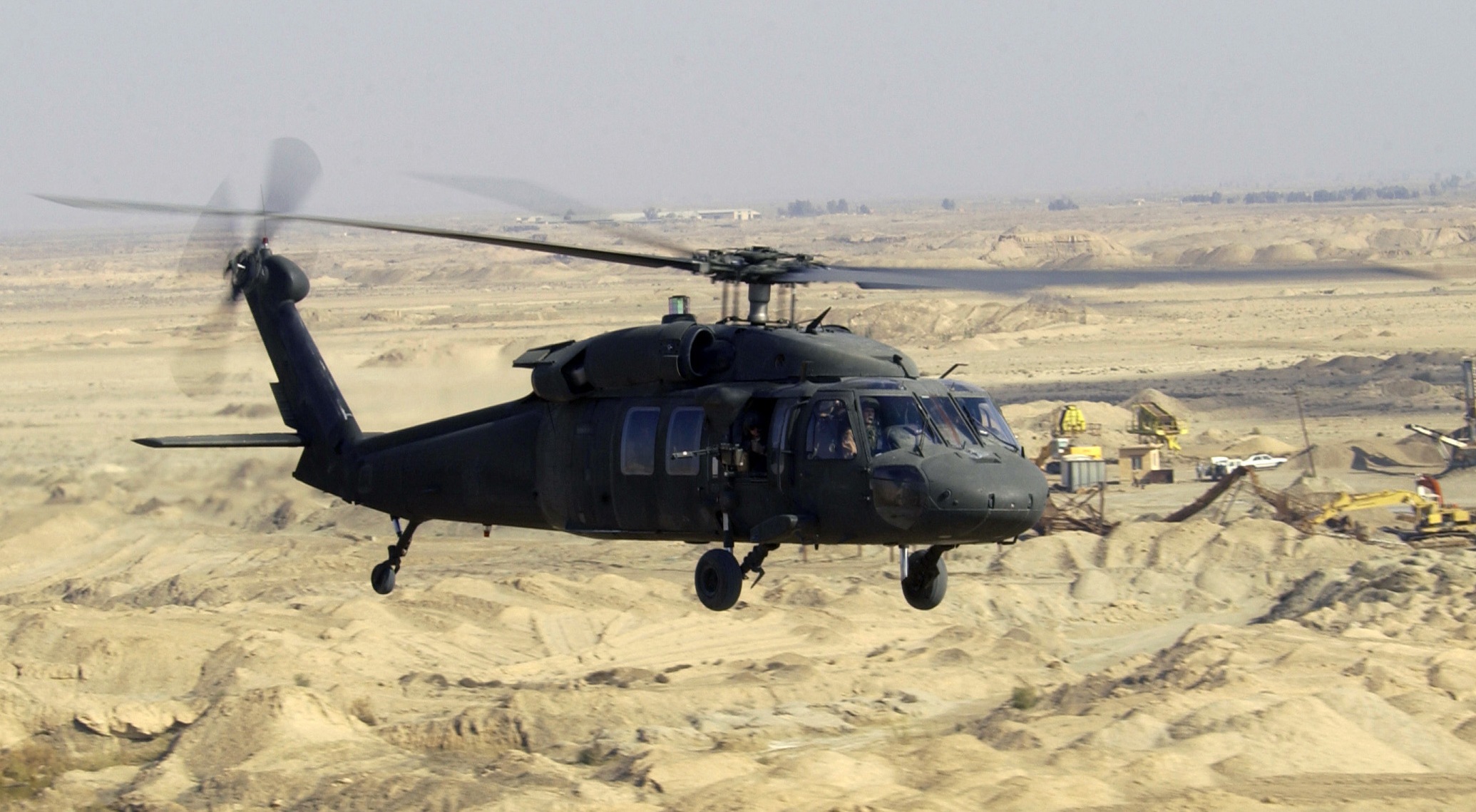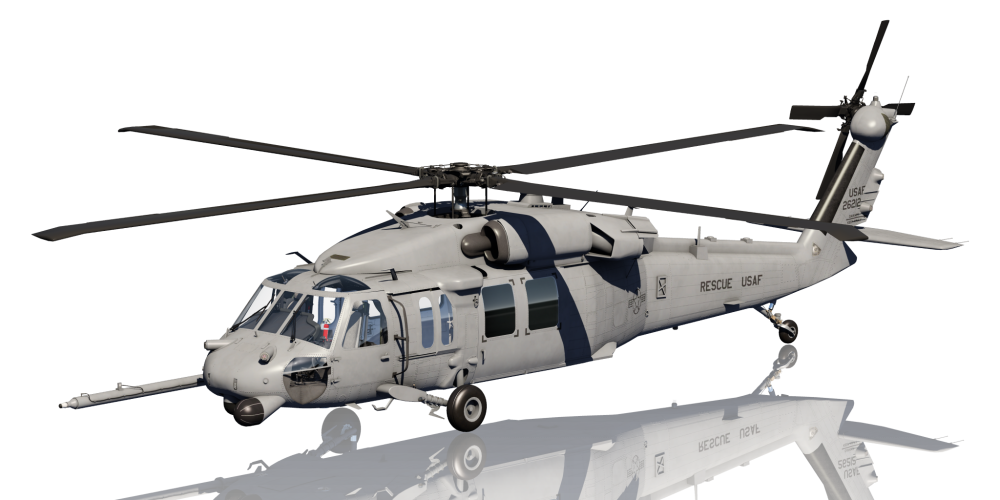Vital Realities and Insights Regarding the UH-60 Helicopter
The UH-60 helicopter, a cornerstone of contemporary army aeronautics, has evolved considerably since its introduction in 1979. Distinguished for its versatility, it includes an innovative layout that fits numerous operational needs, from army transportation to clinical emptying. Its innovative avionics and robust construction improve both efficiency and safety in varied settings. Nevertheless, the implications of its layout selections and functional capabilities expand beyond the combat zone, influencing humanitarian missions worldwide. Comprehending the details of the UH-60's function exposes a complicated narrative of advancement and adjustment that benefits even more exploration.
History of the UH-60
The UH-60 Black Hawk helicopter was established in the late 1970s as component of the USA Army's campaign to change the older UH-1 Iroquois. The demand for a more versatile, long lasting, and qualified aircraft emerged from the lessons discovered during the Vietnam War, where the restrictions of the UH-1 came to be apparent. In 1972, the Military started a program to acquire a new energy helicopter, culminating in a competitive style phase that saw several makers send proposals.
Sikorsky Aircraft was inevitably awarded the contract in 1976, and the very first prototype of the Black Hawk took flight in 1974. Its style concentrated on innovative innovation, including a four-blade blades system and a modular construction that enabled fast field upkeep and flexibility to different objectives. Officially getting in solution in 1979, the UH-60 quickly came to be the backbone of Army aviation, offering in a wide variety of roles such as troop transportation, medevac, and logistical assistance.
Over the years, the Black Hawk has gone through different upgrades and adjustments, strengthening its standing as an essential possession in army operations around the globe (UH 60). Its robust efficiency remains to meet the advancing demands of contemporary warfare
Layout and Attributes
Integrating advanced engineering principles, the UH-60 Black Hawk features a smooth, wind resistant layout that improves its efficiency and performance. This twin-engine utility helicopter is identified by its distinct shape, with a high-mounted, four-blade primary blades system that supplies phenomenal lift and security. The rotor blades are created from composite products, contributing to their resilience and lowering maintenance demands.
The fuselage is designed for optimum weight circulation and architectural stability, allowing for a maximum gross weight of roughly 22,000 extra pounds. The cabin design facilitates adaptable arrangements, accommodating different missions, from army transport to medevac operations. Additionally, the cockpit is furnished with sophisticated avionics, consisting of digital display screens and multi-functional systems that improve situational awareness.
The UH-60 also incorporates composite products in its airframe, which minimize radar cross-section and boost survivability in hostile atmospheres. Its retracting landing equipment simplifies the aircraft's account, additional adding to its aerodynamic effectiveness. On the whole, the thoughtful assimilation of style elements and products not only boosts the Black Hawk's operational capabilities however also makes certain that it continues to be an essential possession for objectives across varied terrains and conditions.
Operational Capabilities


The UH-60 is equipped with innovative avionics and navigating systems, assisting in procedures in tough climate condition and low presence circumstances. Its robust design enables it to do in severe and high-altitude temperature level problems, even more extending its functional array. The helicopter's twin-engine configuration supplies redundancy and improved performance, guaranteeing reliability during critical missions.
Equipped with sophisticated interaction systems, the Black Hawk improves situational awareness and control among military units. Additionally, its ability to perform airborne reconnaissance and assistance close air assistance goals underscores its important duty on the battleground. On the whole, the UH-60 Black Hawk's operational capacities are a testimony to its value in modern military air travel, effectively fulfilling the demands of a quickly advancing operational landscape.

Adjustments and versions
Various variants and adjustments of the UH-60 Black Hawk have been established to fulfill certain objective demands and improve its functional versatility. The most notable variant is the UH-60L, which presented updated engines, boosted avionics, and enhanced cargo ability. In addition, the UH-60M variant attributes advanced electronic avionics, an extra powerful engine, and enhanced survivability systems, making it suitable for a broader selection of missions.
The HH-60G Pave Hawk is one more specialized variant, developed for search and rescue operations. It is furnished with innovative navigation systems, external fuel storage tanks, and medical evacuation capabilities. Likewise, the MH-60R Seahawk is optimized for anti-submarine warfare and maritime operations, flaunting advanced radar and sonar systems.
Furthermore, the armed variations, such as the AH-60, are modified for straight attack functions, featuring weapon systems like rockets and gatling gun. The UH-60's adaptability is further showcased in its ability to be fitted with mission-specific tools, consisting of freight hooks for transport, army transport insides, and reconnaissance sensors.
These variations and modifications underscore the Black Hawk's important function in modern-day army operations, showcasing its ability go to this site to adapt to progressing mission needs.
Function in Altruist Efforts
The UH-60 Black Hawk has stepped up to play a crucial duty in humanitarian initiatives around the globe, demonstrating its adaptability beyond armed forces applications. This multi-mission helicopter is geared up to conduct a range of missions, consisting of clinical evacuations, disaster alleviation, and logistical support in difficult settings.
During natural catastrophes, such as cyclones and earthquakes, the Black Hawk has proven indispensable for transferring relief materials and employees to impacted areas. Its capacity to run in austere conditions permits it to get to remote locations that may be unattainable by ground transportation, guaranteeing timely help to those in need.
Additionally, the UH-60 is typically used for clinical evacuation goals, promptly transporting damaged people to medical facilities. Its advanced medical abilities, including space for clinical workers and tools, enable life-saving interventions throughout crucial situations.
In international operations, the Black Hawk frequently works together with altruistic organizations, showcasing its adaptability and dependability. By leveraging its capacities, the UH-60 not only supports military objectives but additionally plays a necessary role in saving lives and relieving suffering throughout altruistic crises worldwide.
Verdict
The UH-60 helicopter has established itself as an important asset in army operations since its intro, characterized by its robust layout and versatile capacities. Its various setups deal with a variety of missions, from army transport to medical evacuation. In addition, the UH-60's contributions expand past combat, playing a considerable function in humanitarian initiatives worldwide. The ongoing development of this airplane emphasizes its importance in contemporary aviation and its flexibility to satisfy varied operational needs.
The UH-60 Black Hawk helicopter was developed in the late 1970s as component of the United States Army's campaign to replace the older UH-1 Iroquois.Integrating sophisticated design principles, the UH-60 Black Hawk features a sleek, wind resistant design that news enhances its efficiency and effectiveness.Optimized style and advanced engineering permit the UH-60 Black Hawk to succeed in a selection of functional functions. In general, the UH-60 Black Hawk's operational capabilities are a testimony to its value in modern military air travel, successfully meeting the demands of a quickly progressing operational landscape.
Numerous variations and adjustments of the UH-60 Black Hawk have been established to fulfill specific objective demands and improve its functional adaptability.